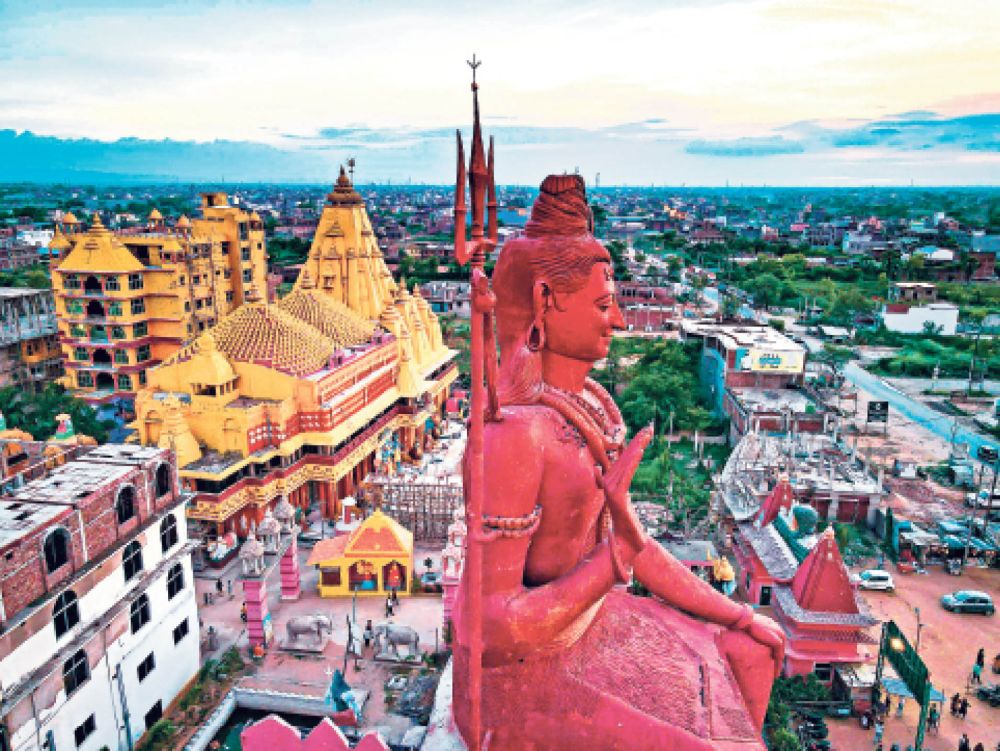

Deeply rooted in the annals of Indian history, Sasaram has been a significant cultural and historical destination for centuries. The history of tourism in Sasaram is intertwined with its illustrious past, dating back to the era of the Suri Dynasty.
Although tourism as we know it today was not a concept during ancient times, Sasaram has been a place of interest since the Mauryan period. It attracted scholars, monks, and travelers even from distant lands keen on experiencing the confluence of intellectual and spiritual ideologies.
The real impetus to Sasaram's historical prominence was during the reign of Sher Shah Suri, who transformed the region. His grand mausoleum, known as the Sher Shah Suri Tomb, elegantly perched in the middle of an artificial lake, became a place of pilgrimage for those interested in the medieval history of India.
With the advent of the British colonial era, Sasaram witnessed an increase in visitors, particularly historians and archaeologists. They explored and documented its rich historical legacy. The archaeological excavations and preservation of ancient sites, such as the rock-cut caves of Kaimur Range, further cemented Sasaram's place on the tourism map.
Post-independence, the Government of India took significant steps to promote this region's cultural heritage. Efforts by the Archaeological Survey of India to restore and maintain the tomb of Sher Shah Suri, along with other historical structures, have led to a steady increase in domestic and international tourists.
In recent years, tourism in Sasaram has been shaped by a growing interest in experiential and heritage tourism. Visitors are not just looking at monuments but also seek to immerse themselves in the local culture and history. Additionally, the trend of eco-tourism has seen a rise, with tourists exploring the scenic Kaimur Hills, Dhua Kund, and the cascading waterfalls around the region.
Furthermore, Sasaram has been a part of the Buddhist circuit, as several Buddhist relics have been found in the region, drawing followers of Buddhism and historians alike.
The government's focus on improving infrastructure and connectivity, along with digital promotion strategies, is setting new benchmarks for accessible and sustainable tourism in Sasaram.
Sasaram, with its blend of history, architecture, and nature, continues to enchant visitors. It stands as a testament to the diverse tapestry that is India's cultural heritage and remains a picturesque canvas for those looking to explore the bygone eras and unravel the stories etched in its ancient soils.